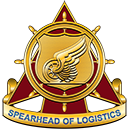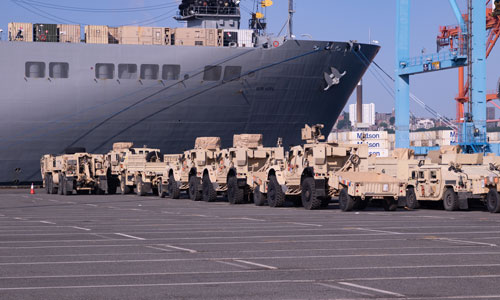
Strategic Deployment / Distribution
Provide and manage strategic common-user airlift, sealift, and terminal services worldwide. Integrate and synchronize strategic and theater deployment execution and inter-theater distribution operations
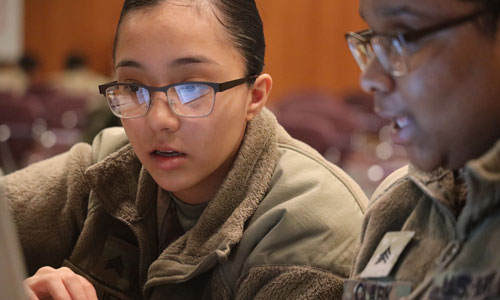
Movement Control Operations
The dual process of committing allocated transportation assets and regulating movements according to command priorities to synchronize the distribution flow over lines of communications to sustain land forces.
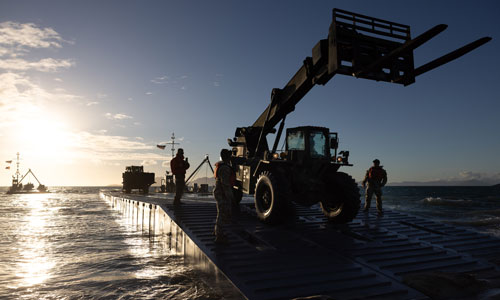
Air / Sea Port Terminal Operations
Receiving, processing, and staging of passengers; the receipt, transit, storage and marshalling of cargo; the loading and unloading of transport conveyances; and the manifesting and forwarding of cargo and passengers to a destination. These operations are essential in supporting deployment, redeployment, and sustainment operations.
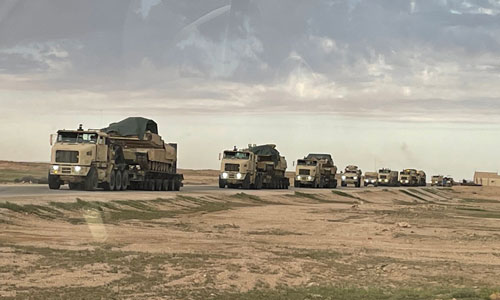
Motor Transport Operations
Movement and transfer of units, personnel, equipment and supplies by vehicle to support operations. Provides essential distribution capabilities for organizations, to sustain forces, prolong endurance, and extend operational reach. Army transportation units are the single largest provider of land surface movement within joint forces and include organic and contracted resources
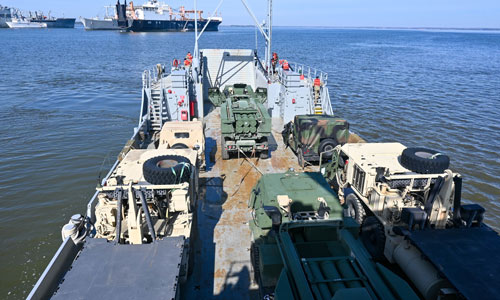
Watercraft Transport Operations
Provide transportation support required in the maritime domain, including intra-theater ocean, coastal, littoral, and river transit. Provide lift and discharge for overweight and outsized equipment in waterborne operations.
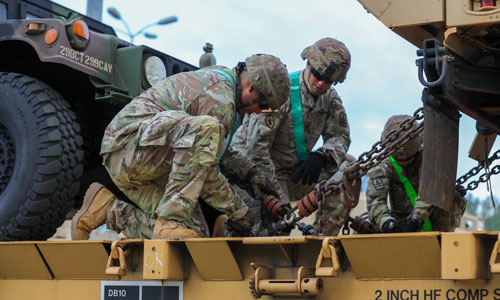
Rail Transport Operations
Integrate and synchronize deployment and distribution capabilities of rail networks to deliver and sustain the armed forces in support of the nation’s objectives.
